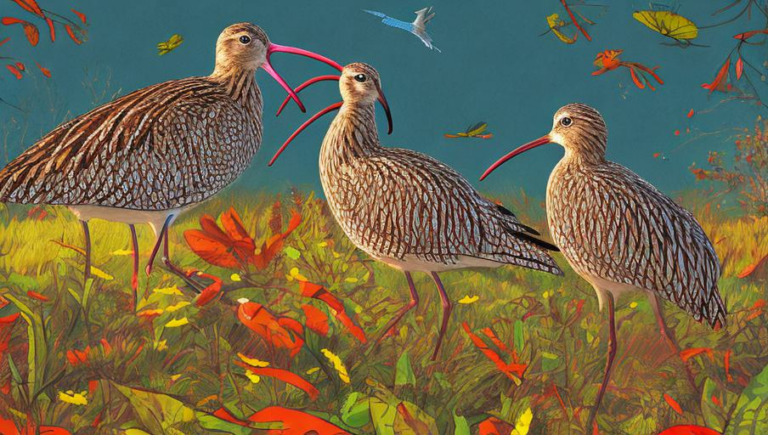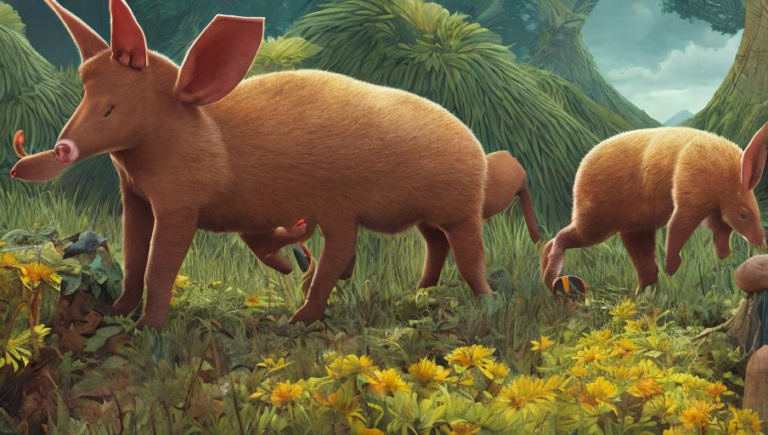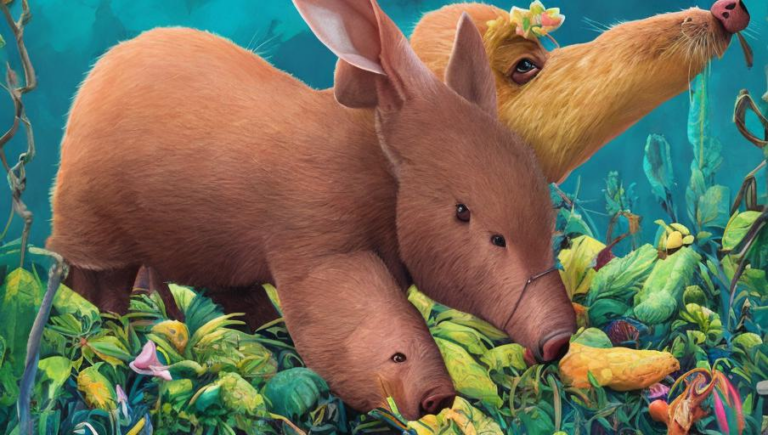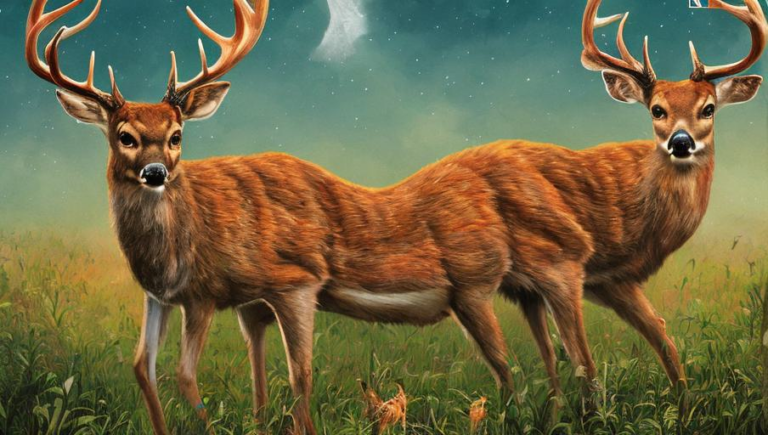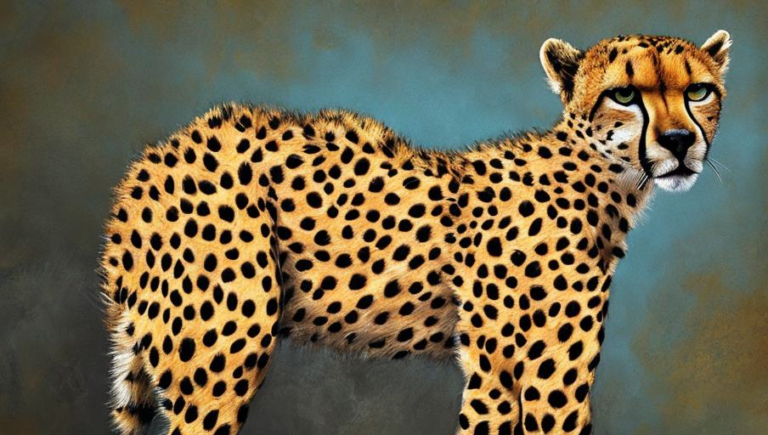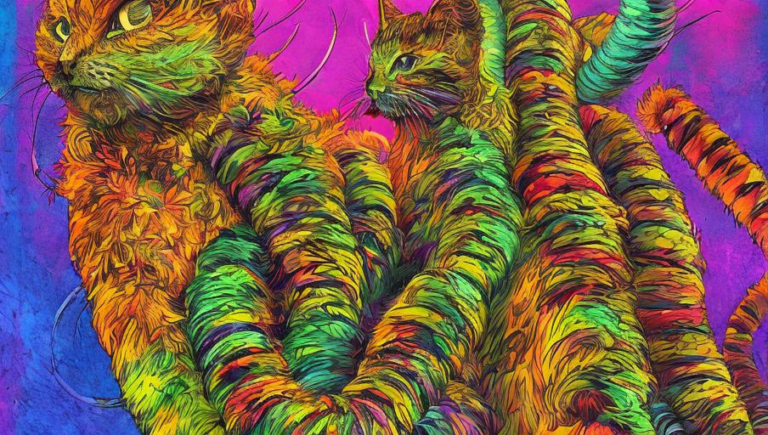Introducing the Capybara: An Overview of the World’s Largest Rodent
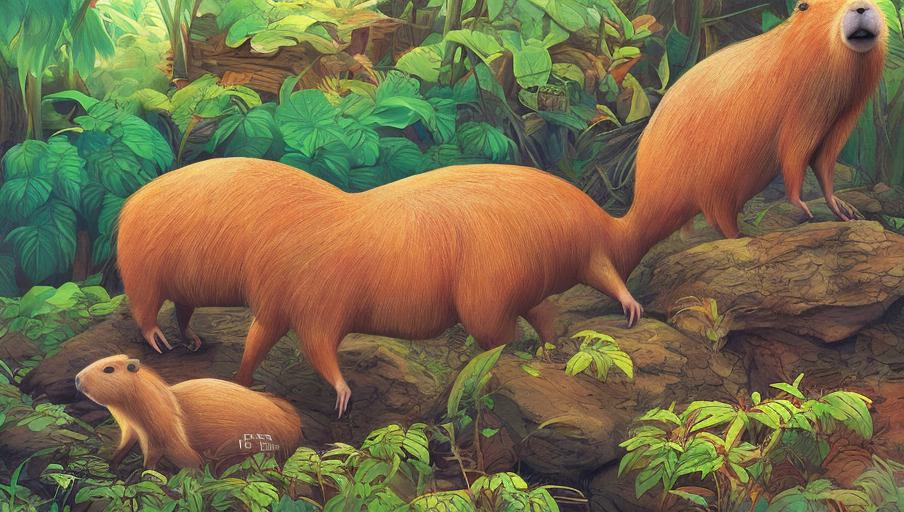
What is a Capybara?
The capybara, also known as a capybaras, is the largest rodent in the world. It is a semi-aquatic mammal native to South America and is closely related to the guinea pig. Capybaras are typically found near bodies of water, such as rivers and lakes, and can be seen lounging in the sun near the water’s edge. They are herbivores and have a diet that consists mainly of grasses and aquatic plants.
Physical Characteristics of the Capybara
Capybaras are large rodents, typically weighing between 35 to 66 pounds and measuring between 80 to 130 cm in length. They are well-adapted for life in the water, as their eyes, ears, and nostrils are all found on the top of their head. This allows them to remain submerged for extended periods of time while still being able to breathe and see. They also have webbed feet and a flattened tail, which helps them to swim quickly and efficiently.
The Social Life of the Capybara
Capybaras are very social animals and live in large groups of around 10 to 20 individuals. They are very vocal and make a variety of sounds to communicate with one another, including barks, grunts, and purrs. They also have a complex system of scent glands and use them to mark their territory and identify one another. Capybaras are also very affectionate and can often be seen cuddling and grooming one another.
The Natural Habitat of the Capybara
Capybaras are found in a variety of habitats, including flooded grasslands, marshes, and tropical forests. They are also found near rivers, lakes, and other bodies of water. Capybaras are most active during the day and typically spend their time grazing on grasses, aquatic plants, and fruit. They are also fond of sunbathing and can often be seen stretched out along the shoreline.
Threats to the Capybara
Unfortunately, the capybara is threatened by hunting, habitat destruction, and the pet trade. In some countries, they are viewed as a pest and are killed for their meat, hide, and oil. Additionally, their habitat is being destroyed by agricultural and urban development. Finally, capybaras are often kept as pets, which can cause them to become stressed and escape into the wild, where they can spread disease and become a nuisance.
Conclusion
The capybara is a fascinating and unique creature that deserves our respect and protection. It is the largest rodent in the world and is well-adapted for life in the water. They are social animals that live in large groups and have a complex system of communication. However, they are threatened by hunting, habitat destruction, and the pet trade, and it is our responsibility to protect them and ensure their future in the wild.
